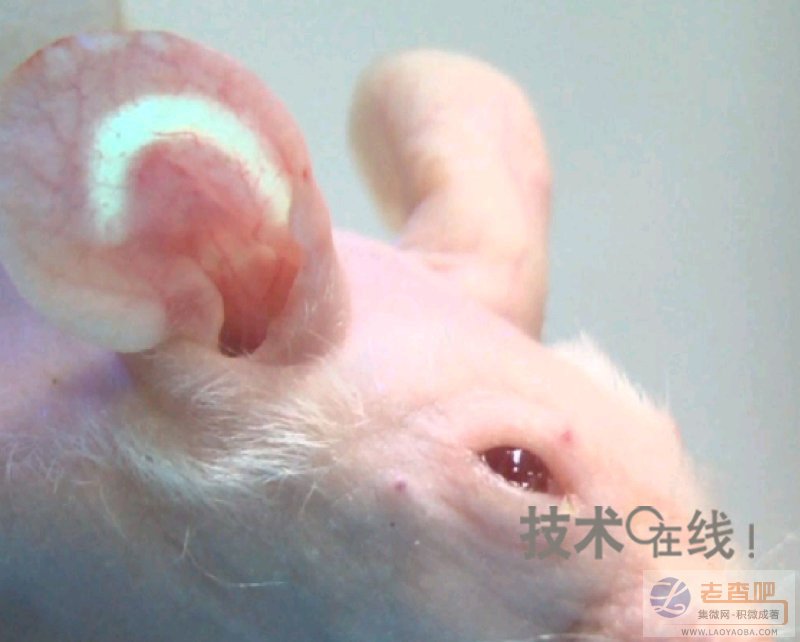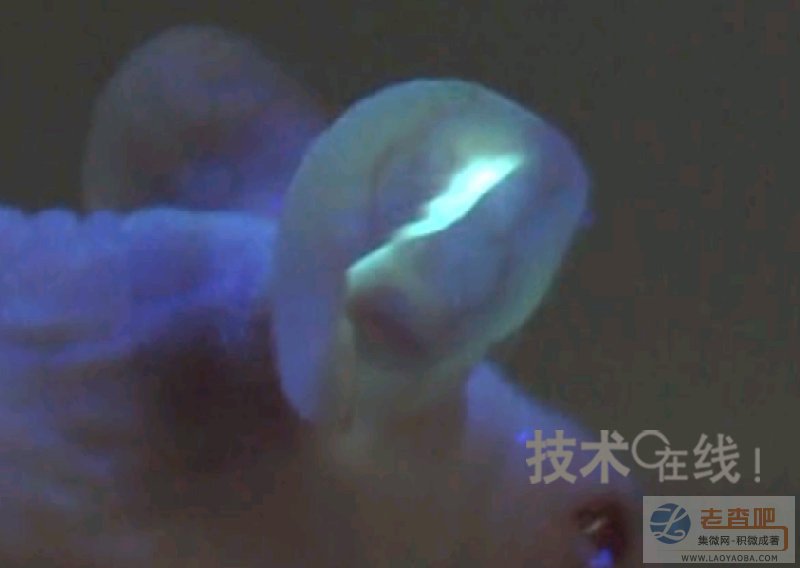
Mouse with fibrous sensor embedded in the ear

Fluorescence

The fibrous sensor was placed in water (left) and sugar water (right), and 405 nm light was irradiated thereto. The sensor placed in sugar water is shining. The BEAS Institute of the Institute of Technology Research and Technology Research at the University of Tokyo announced that it has successfully embedded a sensor whose luminous intensity changes with the blood glucose level in the mouse ear for more than four months and measured the blood glucose level. The future will explore the feasibility of using the sensor in the human body. The goal is to use a blood glucose monitoring system for diabetic patients.
Sensors embedded in mouse ears utilize the "hydrogel" developed by the research group. With light intensity (fluorescence intensity) with the characteristics of changes in blood sugar. This time the hydrogel was processed into a fibrous shape to ensure the stability during embedding (not easy to move in the body), and the sensor can be easily removed, and the long-term embedding of more than four months was successfully achieved in the mouse ear. . Originally, hydrogels have been processed into beads, and there is a problem that beads are not easily removed from the body.
In addition, a biocompatible polymer (polyethylene glycol) is added to the hydrogel so that inflammation of the skin during embedding can be reduced, and long-term measurement is expected.
The fibrous sensor has a diameter of about 1 mm. Embedded about 100 μm deep from the skin surface. When the fiber was irradiated with light of 405 nm, fluorescence of 488 nm was emitted. Depending on the blood glucose level, the intensity of the fluorescence changes. Not only can the absolute value of the blood glucose value be measured, but the relative change in the blood glucose value can also be confirmed.
In order to realize a blood glucose monitoring system using this fibrous sensor, it is necessary to develop a light source that can emit light of 405 nm and a peripheral system such as a detector for measuring the fluorescence intensity of the fiber. These are issues that need to be further developed in the future.
In addition, there are several issues in the use of fiber-based sensors for humans. Takeuchi Changji, an associate professor at the Institute of Production Technology at the University of Tokyo, said, "Can we use existing materials? Where should we embed? These issues need to be clear." In addition, it is also necessary to reduce the size of the detector and the like.
Phosphor Bronze Strips,Copper Alloy Strips,Phosphor Bronze Coil
INT Metal Products Factory , http://www.libometal.com